Tools for Trismus and Jaw Opening-Related Conditions
A few years back, I made a post about self-treatment options for radiation-induced trismus and other jaw-related problems. Since that time, I’ve found more readily accessible items that can help your patients with these conditions. While my preferred treatment method is using a very gentle finger inserted between the maxilla and mandible, limited access secondary to radiation, post-surgical limitations, and mouth opening, and other more general jaw issues, there are times when tool-assisted treatment is necessary. Specifically, if pain or limitations in movement prohibit a finger from being placed into the mouth, smaller assistive devices are warranted. These tools may also be used during clinician-driven interventions.
The gap between the upper teeth/maxilla and the inside of the ramus of the mandible has long been a treatment target. Often described as a “pterygoid release”, the technique varies from gentle to aggressive, but often helps with local pain or jaw opening limitations.
Disclosure: No affiliate links were used in creating this post, and I received no financial gains from clicking any links throughout this post.
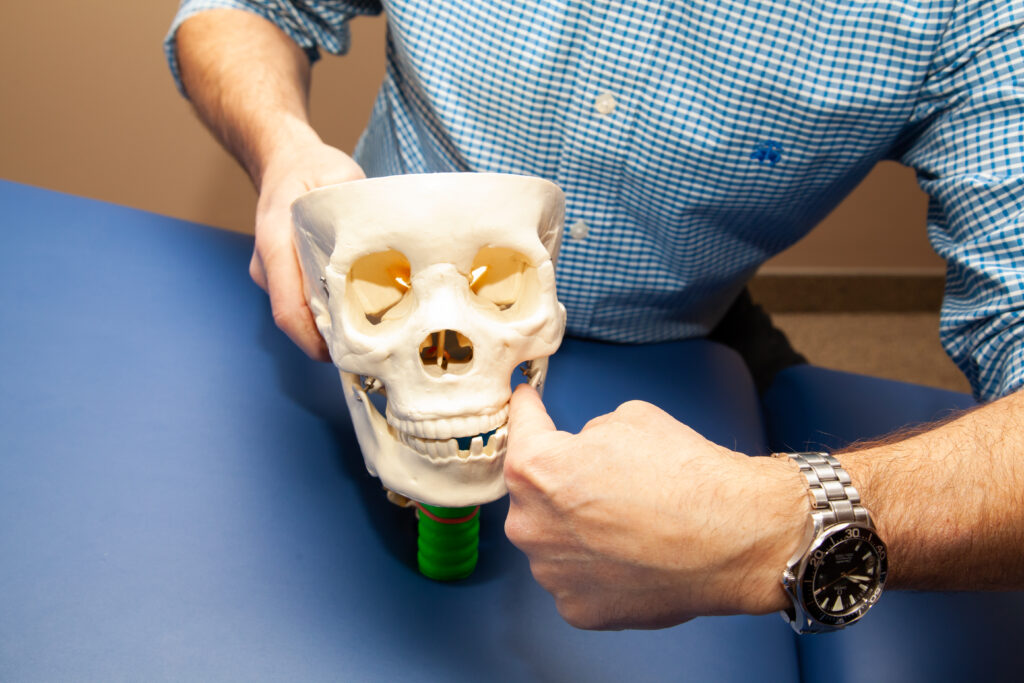
I’ve looked at several options for self-treatment over the years. Product-specific recommendations are best left to the individual clinician and patient, as each may best suit the individual and their needs.
![]()
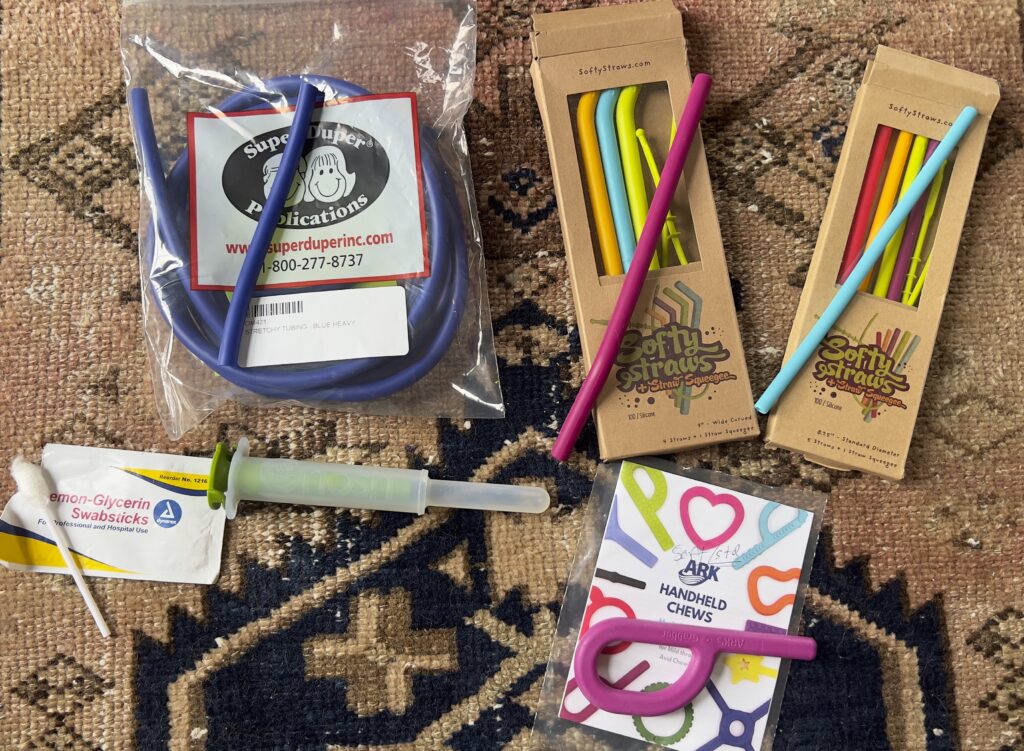
![]()
![]()
For many years, I’ve suggested using inexpensive swab sticks to teach patients self-treatment to this region. They are likely the slenderest tool available, and the plastic stick can be pre-bent to allow it to reach into the mouth and access the maxilla/mandible gap.
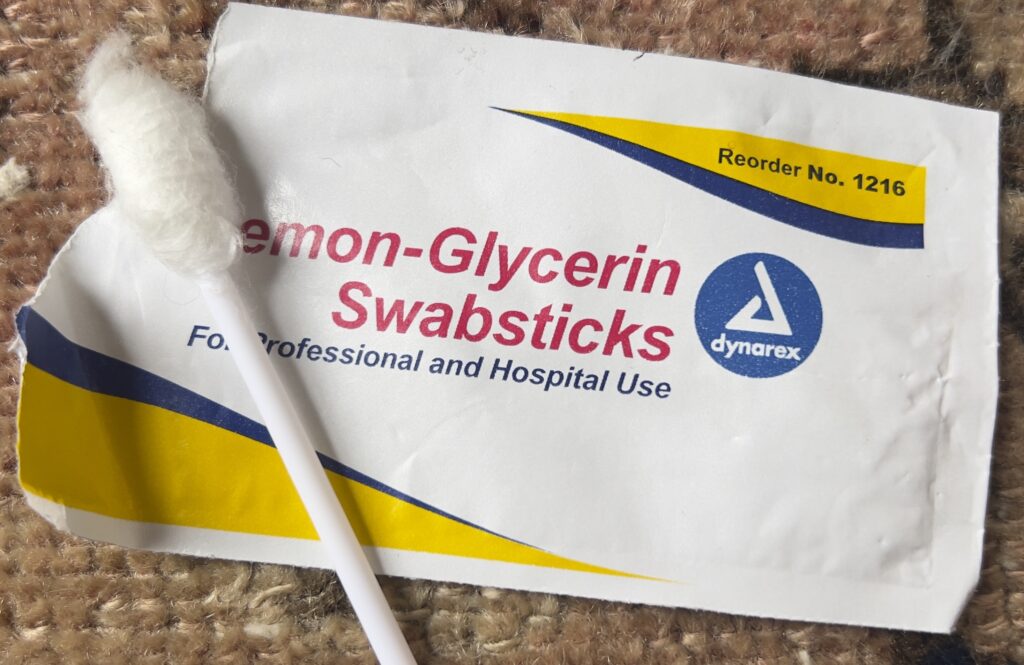
I’ve modified the G’nosh Side Biter (Level 1) to remove the rubber flange, allowing the tip to be more easily inserted into the lateral jaw. The G’nosh combines flexibility with a positive end feel. It’s tip is a bit wider than some products listed below, but does not feel overwhelming.

The Ark Grabber® Original Oral Motor Chew Tool fits nicely into the maxilla/mandibular space, especially the Standard (softest) version. It has a solid tip, allowing a bit more pressure to be exerted.
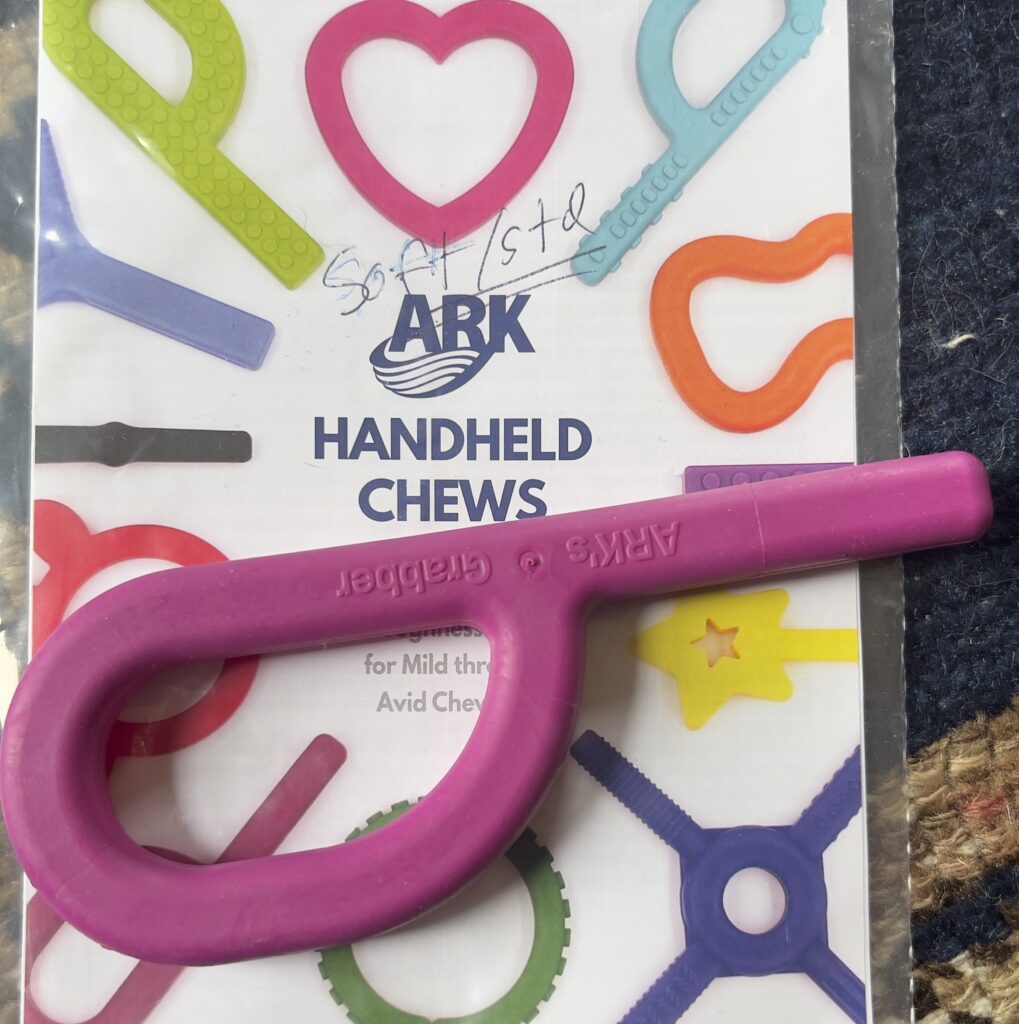
Silicone straws are inexpensive and easy to flex to follow the jawline without excessive force on tight or sensitive tissues. I prefer the smaller diameter straws, available on Amazon. They can also be folded to increase the diameter.
![]()
![]()
![]()
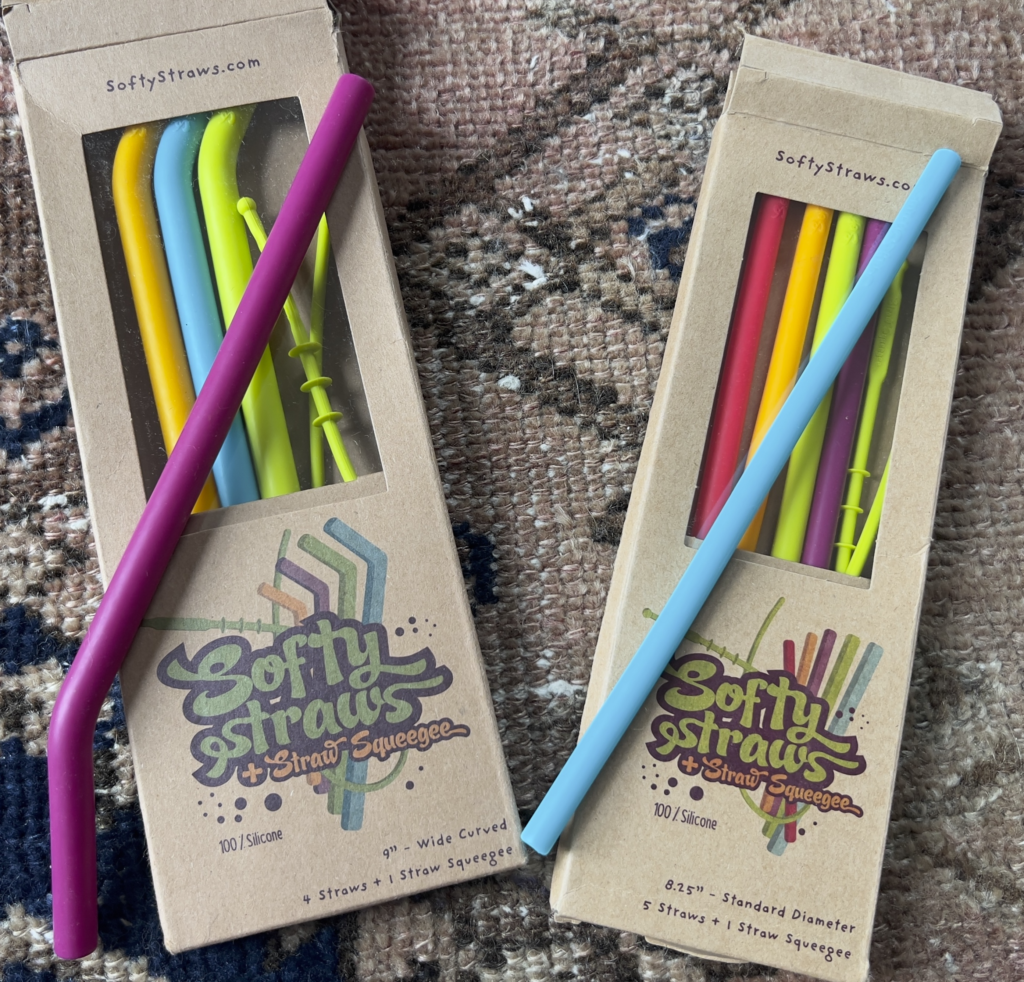
Lastly, Stretchy Tubing, from Super Duper Inc., is foldable, creating a flexible but sturdy means to treat this space slowly and gently.
![]()
![]()
![]()
![]()
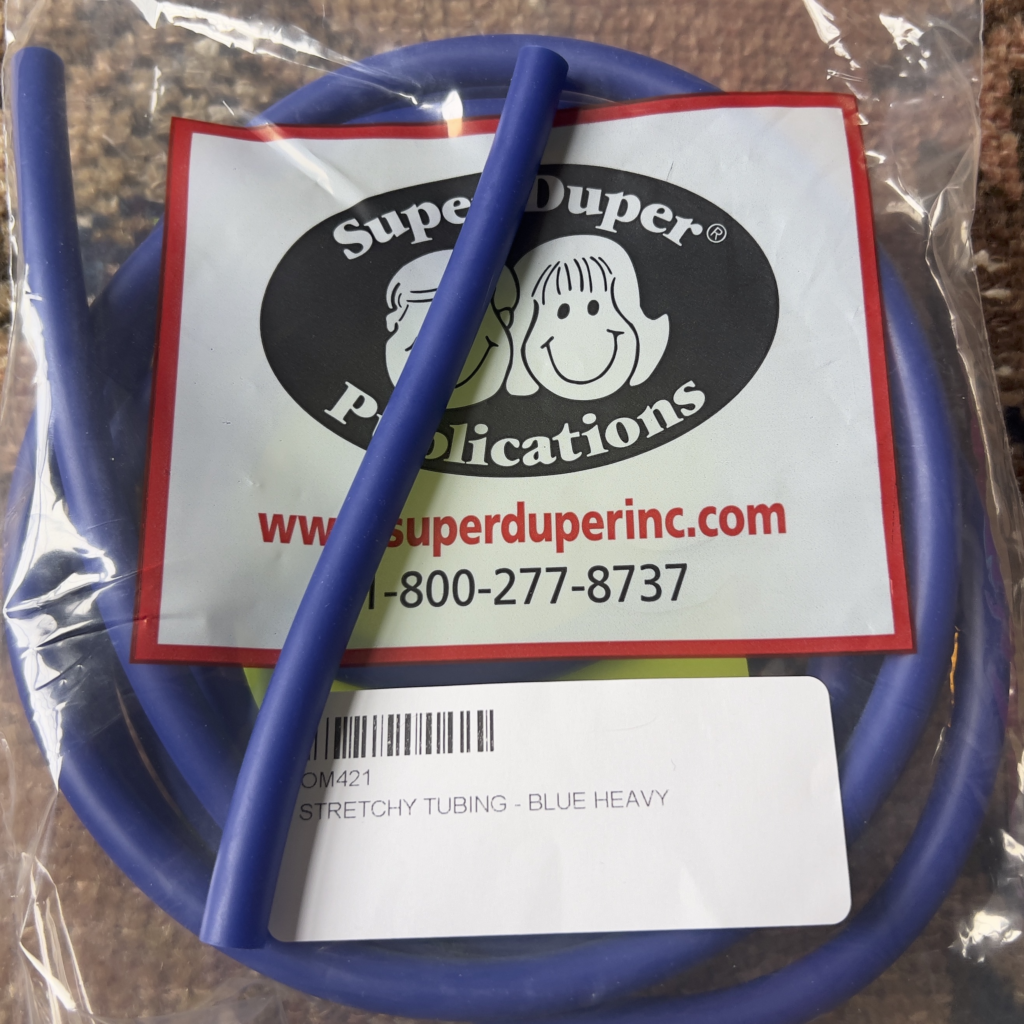
Each of these products may be better suited for the individual needs of your patient. Having more than one to try improves the chan res for success in improving jaw opening and reducing pain, stiffness, and other local complaints.
Enjoy experimenting!
Walt Fritz, PT

Sorry, comments are closed for this post.